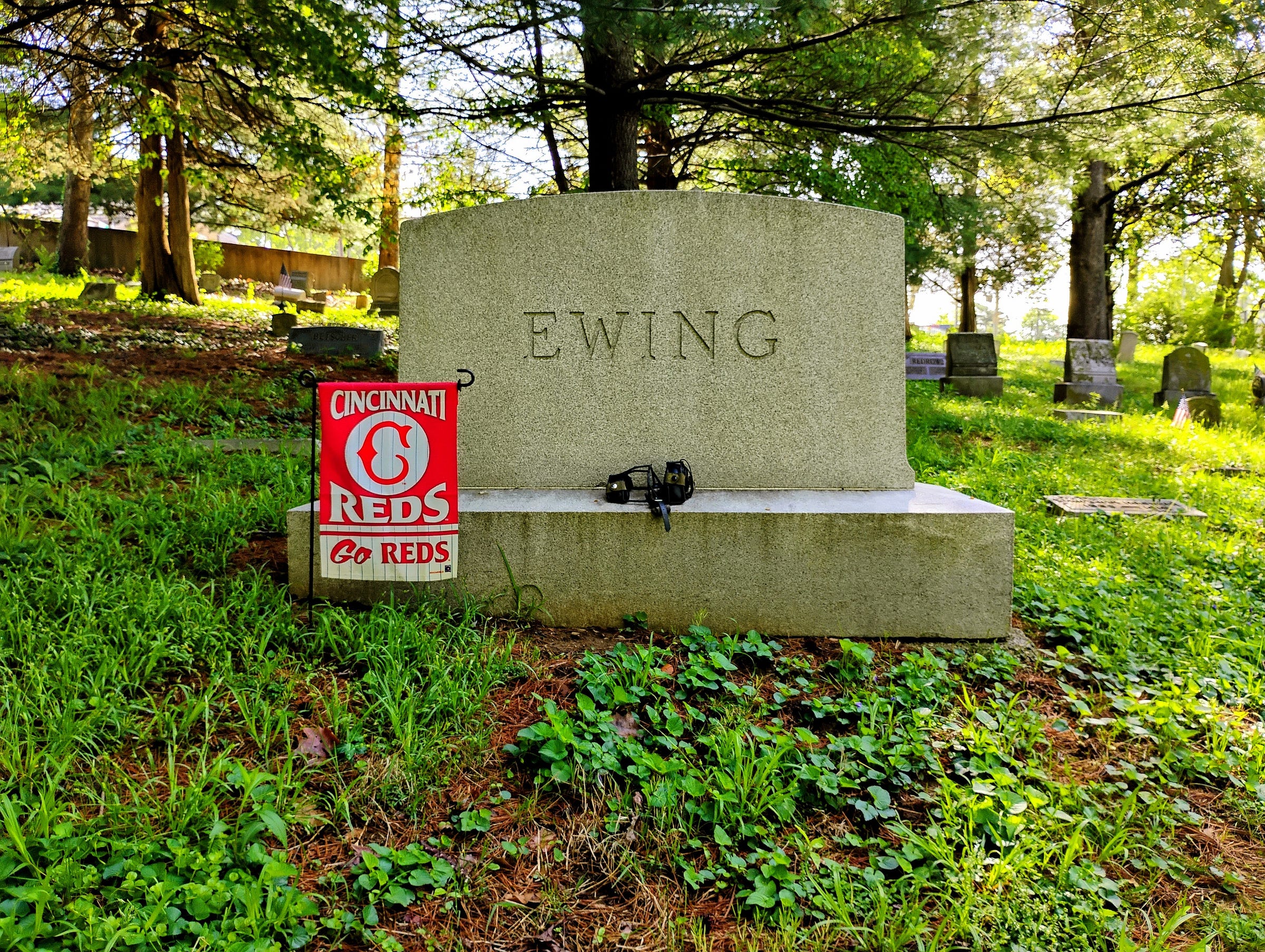Our Neighborhood Hall of Famer
Buried in Mt. Washington's Cemetery is the greatest catcher of his generation.
Yesterday at work, my colleague JVL wrote about Morgan Bulkeley,1 a Hall of Famer who is in Cooperstown and… probably shouldn’t be.
One of the things that struck me in his piece, never having been to Cooperstown, was how few people are in the Hall of Fame. 351!
The Hall of Fame is comprised of 351 elected members. Included are 278 former major league players, as well as 40 executives/pioneers, 23 managers and 10 umpires. By position, there are: 86 pitchers, 20 catchers, 28 first basemen, 20 second basemen, 19 third basemen, 26 shortstops, 23 left fielders, 24 center fielders, 29 right fielders, 3 designated hitters, 23 managers, 10 umpires and 40 executives/pioneers.
When we moved here, the cemetery right next to the water tower and the library was a source of curiosity for me: who was buried there? I knew some famous baseball player was, and after reading JVL, decided to dive into who it was and pay them a visit. So meet Buck Ewing, Mount Washington’s Hall of Famer.
There is a book about him, and I’ve requested it from the library. Will report more when I get and read that.
Though, our Buck Ewing is not to be confused with Massillon’s Buck Ewing who came later and played in the Negro Leagues, Mount Washington’s Buck Ewing grew up in Hoagland, Ohio, a small town off of US-50 about 60 percent of the way to Chillicothe from Cincinnati.
Ewing was primarily a New York Giant and primarily a catcher. He played all positions, which wasn’t unusual in those days. He didn’t hit a lot of home runs because they didn’t in those days. Balls were inconsistent and stadiums were not built for the Rob Manfred Era of Increased Dingers™.
You can see his full stats here if you’re a baseball nerd.
Ewing, after leaving New York, played one year in Cleveland, though he really preferred to play for the Reds. Ultimately getting his wish and becoming player-manager, though be careful what you wish for.
The SABR profile on him is great and free to read. If you really like baseball and care about its history, you should support SABR by becoming a member.
There are a lot of ups and downs, and like many careers in baseball, a lot of downs to finish it out.
As the SABR profile notes, Ewing was fired by Cincinnati, only to be rehired by the Giants for one year in sort of a last gasp for his career. He came back to Cincinnati, where he lived on Worth Street near Jeff Ruby’s Precinct.
Ewing returned to Cincinnati a somewhat besmirched but wealthy man owing to judicious land and real estate investments, mainly in row houses. He stayed in touch with the game, first by opening a baseball school in the Goodall Building across from the Cincinnati City Hall with the help of newspaper editor and neighbor Charles Murphy according to the November 23, 1901, issue of The Sporting News and later by coaching local amateur teams. The November 3, 1906, Sporting Life reported: “The last base ball work that ‘Buck’ Ewing did was to coach Miami Military Institute of Germantown, O.” Shortly after the close of the 1906 season Ewing, who had been in ill health for two years and seldom seen in public during that time, died at his modest Cincinnati home on Worth Street on October 20 from a combination of Bright’s disease and diabetes. The October 27, 1906, Sporting Life said that his wife, son and daughter were all at his bedside when he expired and stood to fall heir to an estate of some $60,000. Ewing was buried in Mount Washington Cemetery beside his brother John.
Once I have read the book about Buck, perhaps another post will be in the works. It’s pretty hard to beat a SABR profile and I am not about to try.
RELATED: Jeff Suess at The Cincinnati Enquirer reports on the MLB Unmarked Graves Project and how Reds fans are trying to ensure that former Reds all have marked graves.





What a fun discovery, and to realize you're among such elite neighbors 😇
My thoughts were, after looking up Bright's disease, that suffering from kidney disease & diabetes in the 1900's had to be pretty miserable, and that Ewing must've been pretty savvy in his row house investments since his $60,000 estate equates to about $2 mil in today's dollars - far better than most ballplayers of those bygone days ended up with - per CPI inflation calc at bls.gov.
Here's hoping that bio shows him to have been a nicer person than the one JVL profiled!
Swifty, my in-laws live 2:30:00 south of Cooperstown. It's only an hour west of Albany. We should plan for a weekend up there. It's got a noon whistle for the workers in the mills.